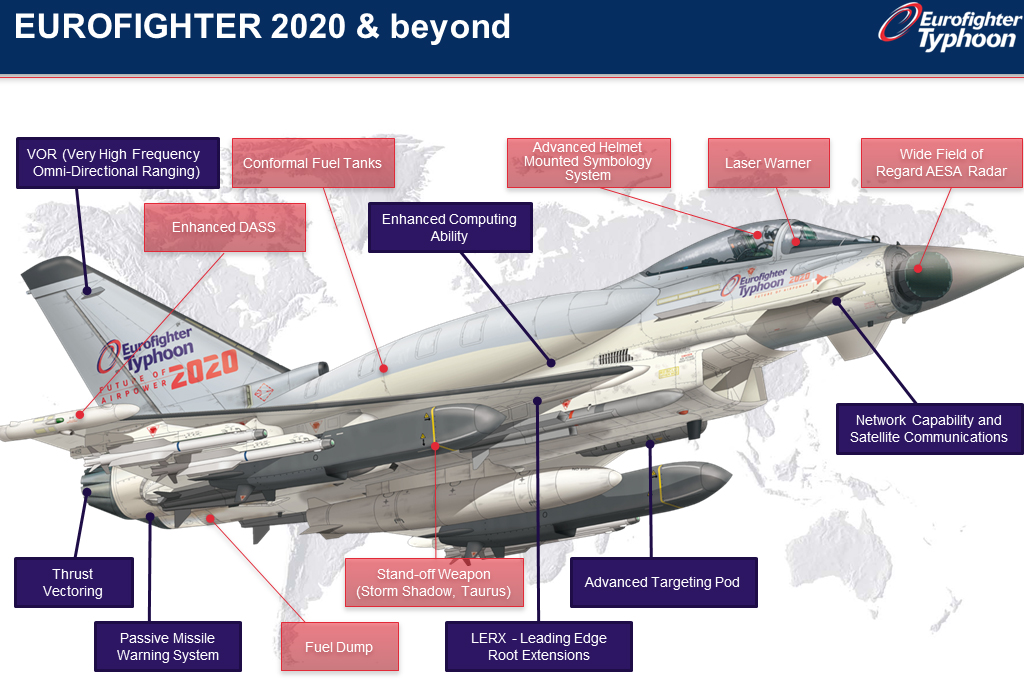German Navy weighs up Lynx replacement options
The German Navy is currently studying options for the programme to replace the service's AgustaWestland Lynx Mk 88A helicopters, which are primarily used as shipboard helicopters operating from frigates.
Speaking at the UDT 2017 conference in Bremen, Germany, Commander René Levien, a German Navy Staff underwater warfare expert, said that consideration is being given to a mix of manned and unmanned systems, with final numbers still to be determined.
The German Navy’s Lynx helicopters entered service in the 1980s and were updated to the Mk 88A standard around 2000. According to Cdr Levien, the existing engines and avionics will reach obsolescence by 2025. To achieve an initial operating capability (IOC) with the replacement type by 2025, the new aircraft will have to arrive from 2023, he said.
The focus for the replacement capability will be on anti-submarine warfare and anti-surface warfare.
One option is the missionised version of the NHIndustries NFH90 helicopter, currently being introduced by the Germany Navy in a transport and search-and-rescue (SAR) role to replace its legacy fleet of Westland Sea King helicopters. Also under consideration is the latest version of the Lynx: the AW159 Wildcat.
“We are looking at aircraft in a size bracket up to NH90," Cdr Levien noted. "They have to fit the hangars on our frigates." While the NH90 variant would entail benefits in terms of logistics by reducing the number of types in service, the other candidates also bring unique opportunities, including furthering defence co-operation with the United Kingdom.
A UK Royal Navy Wildcat HMA Mk.2 and 11 personnel have been embarked on the German Type 122 frigate FGS Luebeck since April 2017, working with the ship as it conducts German Operational Sea Training (GOST) out of Plymouth.
The German Navy is currently studying options for the programme to replace the service's AgustaWestland Lynx Mk 88A helicopters, which are primarily used as shipboard helicopters operating from frigates.
Speaking at the UDT 2017 conference in Bremen, Germany, Commander René Levien, a German Navy Staff underwater warfare expert, said that consideration is being given to a mix of manned and unmanned systems, with final numbers still to be determined.
The German Navy’s Lynx helicopters entered service in the 1980s and were updated to the Mk 88A standard around 2000. According to Cdr Levien, the existing engines and avionics will reach obsolescence by 2025. To achieve an initial operating capability (IOC) with the replacement type by 2025, the new aircraft will have to arrive from 2023, he said.
The focus for the replacement capability will be on anti-submarine warfare and anti-surface warfare.
One option is the missionised version of the NHIndustries NFH90 helicopter, currently being introduced by the Germany Navy in a transport and search-and-rescue (SAR) role to replace its legacy fleet of Westland Sea King helicopters. Also under consideration is the latest version of the Lynx: the AW159 Wildcat.
“We are looking at aircraft in a size bracket up to NH90," Cdr Levien noted. "They have to fit the hangars on our frigates." While the NH90 variant would entail benefits in terms of logistics by reducing the number of types in service, the other candidates also bring unique opportunities, including furthering defence co-operation with the United Kingdom.
A UK Royal Navy Wildcat HMA Mk.2 and 11 personnel have been embarked on the German Type 122 frigate FGS Luebeck since April 2017, working with the ship as it conducts German Operational Sea Training (GOST) out of Plymouth.





